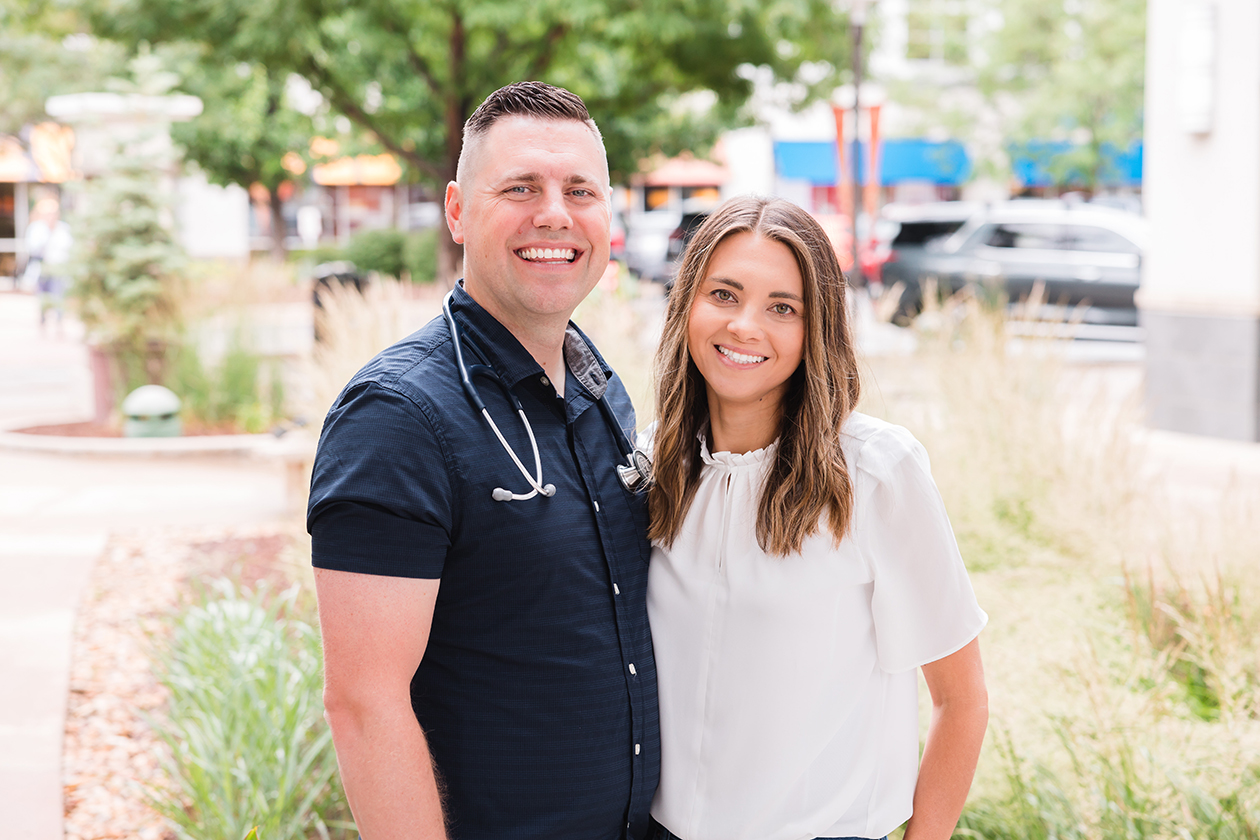It is officially that odd time of year with the balancing of new beginnings and New Year’s resolutions with the dark, long days of winter. To talk only about the fresh start without acknowledging the (literal) darkness would be a mistake.
This time of year many experience what we have termed seasonal affective disorder (ironically SAD for short). SAD can affect anyone during any season of the year though we see it most often in the winter months, commonly known as seasonal or winter depression.
SAD is a subtype of other mood disorders such as major depression or bipolar depression. Its direct cause is not completely understood, though many theories exist.
Regardless of its cause, its prevalence is well known. It is likely that you or someone you know is suffering right now. Here are some tips to help you thrive this season.
1. Seek Help
Let’s start by removing the stigma of seeking support. Among patients who were included in studies regarding SAD, nearly 60% had never been treated for depression. That is a lot of people suffering in silence. Reach out to your friends and family. Contact your physician. Seek help from a counselor or therapist. There is no need to suffer alone.
2. Move into the Light
A leading theory of the cause of SAD has to do with circadian rhythms and our exposure (or lack thereof) to sunlight during these months. Luckily, here in Colorado we brag about our 300 days of sunshine each year. Regardless of that number where you live, with shorter days it is not uncommon to not see direct sunlight for even a period of a few days. Getting outside in the morning sunshine for even 10-15 minutes can be very beneficial for setting that circadian rhythm. If unable to harness the power of the sun, commercial products are available that simulate the sun through bright light and dawn simulation. Get out of the darkness, literally.
3. Restorative Sleep
At some point though, turn the lights off and get in bed. Follow good sleep hygiene habits to set yourself up for good, restorative sleep by turning off screens an hour or more before bedtime, sleeping in a dark, cool room, and limit afternoon/evening caffeine and alcohol use. Aim for 7-8 hours of quality sleep.
4. Get up and Move
Our tendency is to slow down during the winter. Believe me, there are many times where I wish I could hunker down and hibernate. However, it is never more important to keep moving. Aim for 150 minutes of moderate exercise per week, or 30 minutes 5 times per week. Bundle up and keep moving outside or find what exercise you enjoy indoors and move!
5. Food as Medicine
Who doesn’t love the comfort foods of winter? I know I do but be mindful. Some studies have demonstrated that those suffering from SAD consume larger dinners and more evening time snacks as well as exhibit more binge eating and emotional eating behaviors. Think winter is the worst time for fresh seasonal foods? Think again. Harness the power of powerful winter greens and juicy citrus fruits to get the nutrients and energy you need.
Don’t despair, warmer temperatures and longer days are close ahead. While it is true that most SAD is self-limited and will improve with the changing of the seasons, it does not mean that you must be left to suffer through the winter months. We hope these simple tips help ease the burden of the season and allow you to focus on the new beginnings of the new year.




